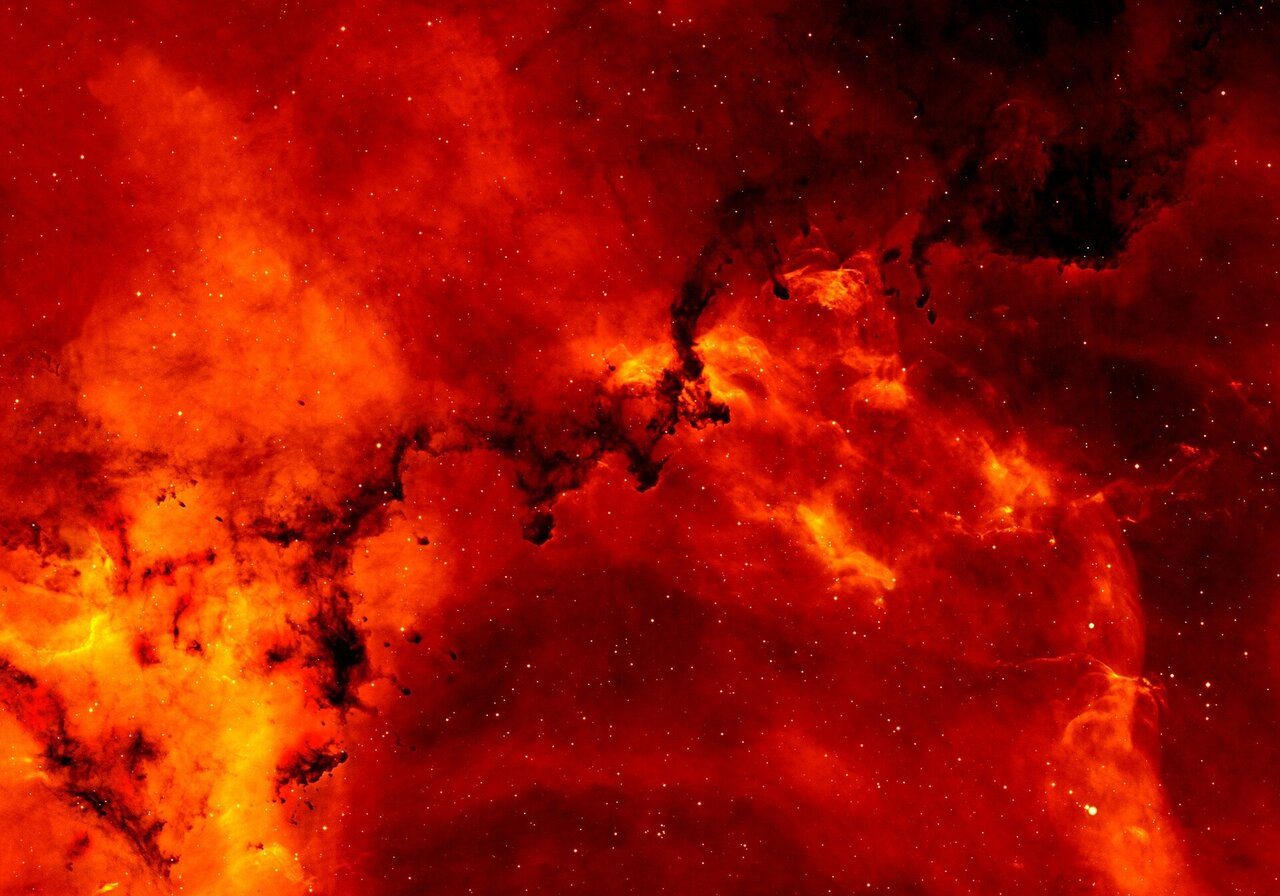
Almost 35 years ago, scientists made the then-radical proposal that colossal hydrogen bombs called novae go through a very long-term life cycle after erupting, fading to obscurity for hundreds of thousands of years and then building back up to become full-fledged novae once more. A new study is the first to fully model the work and incorporate all of the feedback factors now known to control these systems, backing up the original prediction while bringing new details to light. Published this week in the journal Nature Astronomy, the study confirms that the novae we observe flashing throughout the universe represent just a few percent of these cataclysmic variables, as they are known, with the rest “hiding” in hibernation.
“We’ve now quantified the suggest...
Read More








Recent Comments